5 Color Combination in Fashion. In the realm of fashion, color is a powerful tool that can transform an outfit from ordinary to extraordinary. The art of choosing the right color combinations can significantly impact your overall appearance, allowing you to express your personality and create a harmonious, elegant look. Whether you’re dressing for a casual outing or a formal event, understanding how to effectively pair colors can enhance your style and elevate your fashion game.
In this guide, we’ll explore the principles of color theory, discuss how to select complementary hues, and provide practical examples of stylish color combinations using the color wheel.
Understanding Color Theory : Mastering 5 Color Combination in Fashion
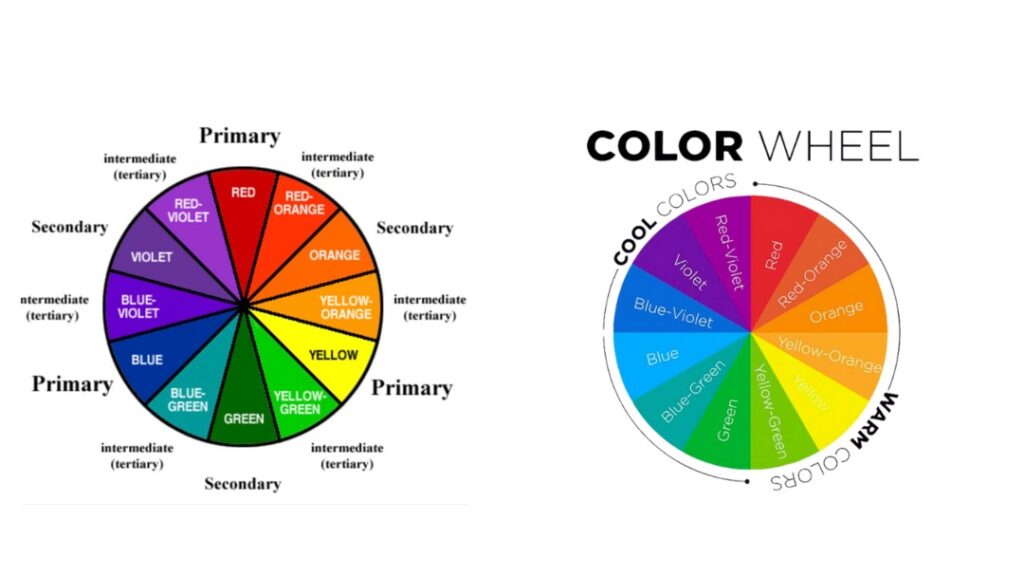
Before diving into specific color combinations, it’s essential to grasp the basics of color theory. The color wheel, a visual representation of colors arranged in a circle, serves as a valuable tool for understanding the relationships between different hues.
The wheel typically consists of primary colors (red, blue, yellow), secondary colors (orange, green, purple), and tertiary colors (a combination of primary and secondary colors).
- Complementary Colors : Mastering 5 Color Combination in Fashion

Complementary colors are located opposite each other on the color wheel and create a vibrant contrast when paired together. This dynamic combination adds visual interest to an outfit and can make a bold fashion statement.
For example, pairing a rich navy blue with a striking mustard yellow creates a striking contrast that catches the eye. Similarly, combining deep purple with golden yellow or emerald green with ruby red can result in stunning complementary color combinations.
- Analogous Colors : 5 Color Combination in Fashion
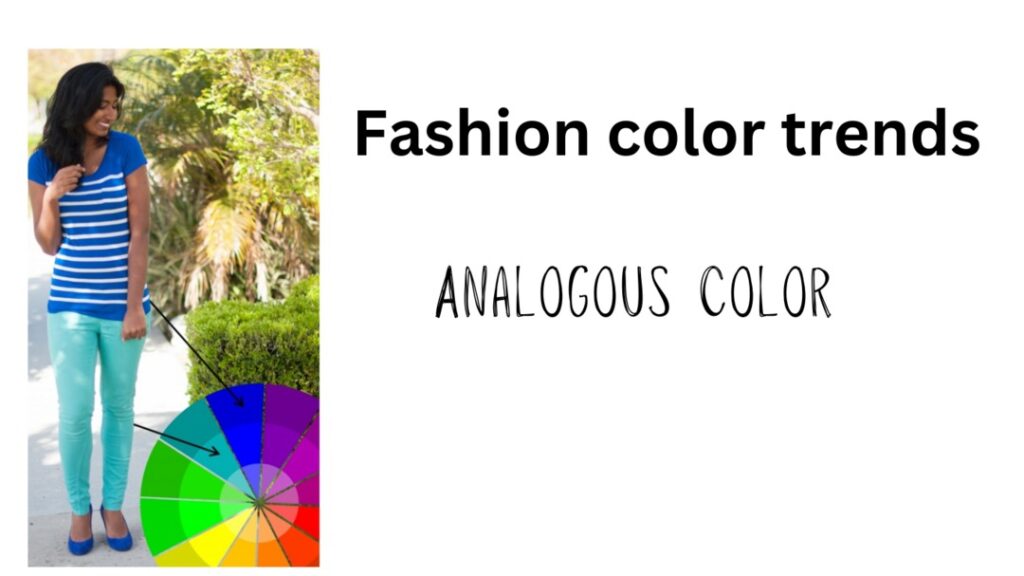
Analogous colors are located adjacent to each other on the color wheel and share similar undertones. This color scheme creates a sense of harmony and cohesion, making it ideal for creating elegant, understated looks.
For instance, pairing shades of soft pink with peach or combining various shades of blue, such as sky blue, teal, and navy, can result in a sophisticated analogous color palette. These combinations offer a subtle yet visually pleasing effect that is perfect for both casual and formal occasions.
- Monochromatic Colors : 5 Color Combination in Fashion

Monochromatic color schemes involve using variations of the same color to create a cohesive and polished look. By playing with different shades, tints, and tones of a single hue, you can achieve a sophisticated and visually appealing outfit.
For example, pairing different shades of gray, from charcoal to light silver, creates an effortlessly chic monochromatic ensemble. Similarly, combining various tones of blue, such as denim, cobalt, and powder blue, can result in a timeless and elegant look.
- Triadic Colors : 5 Color Combination in Fashion
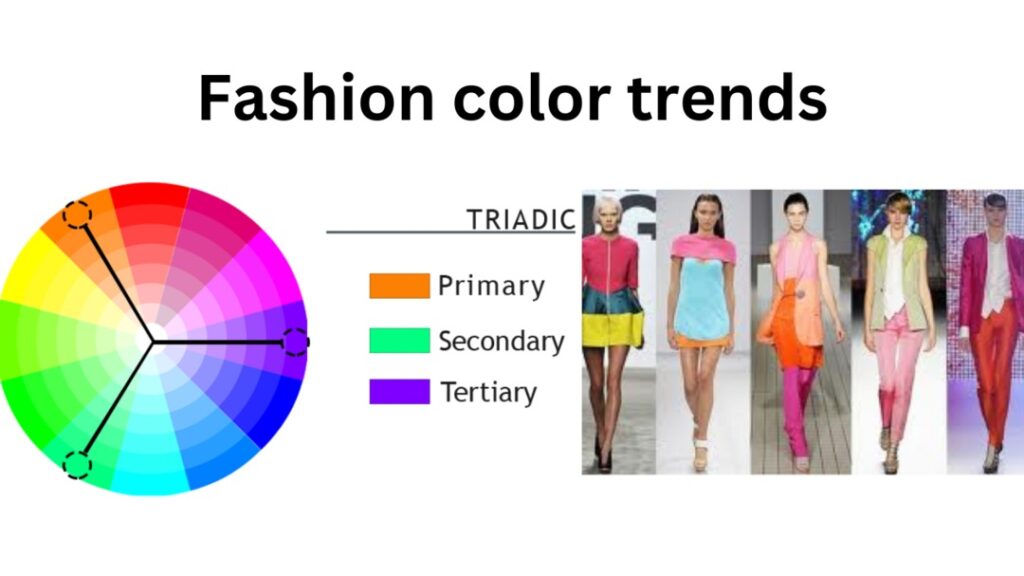
Triadic color schemes involve selecting three colors that are evenly spaced around the color wheel. This vibrant combination offers a balanced yet visually stimulating effect, making it ideal for those who want to experiment with bold color choices.
For example, combining primary colors like red, blue, and yellow can create a dynamic and eye-catching ensemble. Alternatively, opting for a triadic scheme using secondary colors, such as orange, green, and purple, can result in a playful and colorful outfit that exudes confidence and style.
- Split-Complementary Colors : 5 Color Combination in Fashion
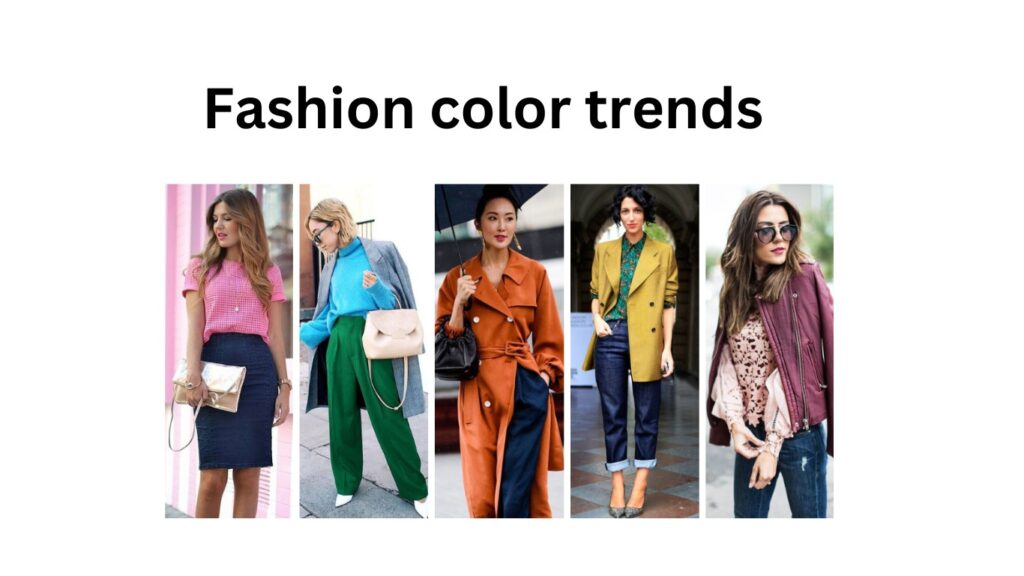
Split-complementary colors are a variation of the complementary color scheme that offers a more subtle contrast. Instead of choosing the color directly opposite on the color wheel, you select the two colors adjacent to its complementary color. This approach of mastering 5 color combination in fashion creates a balanced yet visually intriguing look that is both stylish and sophisticated.
For instance, mastering 5 color combination in fashion pairing a warm burgundy with shades of teal and turquoise offers a refined take on the traditional complementary color combination, resulting in a chic and polished ensemble.
In conclusion, mastering 5 color combination in fashion the art of color combination is essential for creating elegant and stylish outfits that reflect your personal taste and style. By understanding the principles of color theory and experimenting with different color schemes, you can elevate your fashion game and make a lasting impression with your impeccable sense of style.
Whether you opt for complementary contrasts, harmonious analogous colors, or sophisticated monochromatic palettes, mastering 5 color combination in fashion is the key to have fun and express yourself confidently through your clothing choices. With the help of the color wheel and practical examples provided, you can confidently navigate the world of fashion and create stunning looks that turn heads and leave a lasting impression.
Why is color combination important in fashion?
Color combination is crucial in fashion as it can significantly impact the overall look and feel of an outfit. Well-chosen color combinations can enhance your appearance, express your personality, and evoke specific moods or emotions. It also allows for creativity and self-expression in styling.
How do I choose the right color combination for my outfit?
Start by considering the occasion, your personal style, and the message you want to convey. Experiment with different color schemes such as complementary, analogous, monochromatic, triadic, and split-complementary, and see which combinations resonate with you. Additionally, consider factors like skin tone, hair color, and eye color when selecting colors that flatter your complexion.
What are complementary colors, and how can I use them in fashion?
Complementary colors are hues that are located opposite each other on the color wheel. When paired together, they create a striking contrast that adds visual interest to an outfit. You can use complementary colors to make a bold fashion statement or create vibrant and dynamic looks.
What are analogous colors, and how can I incorporate them into my wardrobe?
Analogous colors are hues that are located adjacent to each other on the color wheel and share similar undertones. They create a sense of harmony and cohesion when paired together, making them ideal for creating elegant and understated looks. Incorporate analogous colors into your wardrobe by pairing shades that complement each other, such as various tones of blue or shades of pink and peach.
How can I create a monochromatic outfit without it looking boring?
To create a monochromatic outfit that is visually appealing, experiment with different shades, tints, and tones of the same color. Mix textures and fabrics to add depth and dimension to your look. Incorporate accessories in contrasting or complementary colors to break up the monotony and add visual interest.
Are there any rules for mixing patterns with color combinations?
While there are no strict rules for mixing patterns with color combinations, it’s essential to maintain balance and harmony in your outfit. Consider the scale and intensity of the patterns, and ensure that they complement rather than clash with each other. Use a neutral base color to anchor your look and allow the patterns to stand out without overwhelming the overall ensemble.
What are some timeless color combinations that never go out of style?
Classic color combinations such as black and white, navy and white, and gray and beige are timeless and versatile options that never go out of style. These neutral pairings can be effortlessly dressed up or down and serve as the foundation for a wide range of stylish outfits.
How can I stay updated on the latest color trends in fashion?
Follow fashion influencers, designers, and trend forecasters on social media platforms like Instagram and Pinterest to stay updated on the latest color trends. Pay attention to runway shows, fashion magazines, and street style for inspiration. Experiment with incorporating trendy colors into your wardrobe while staying true to your personal style and preferences.

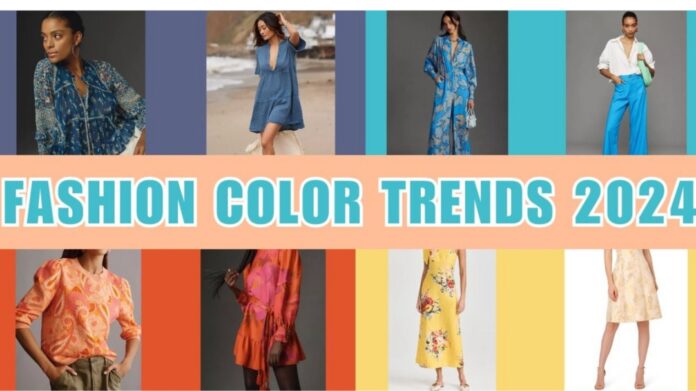



[…] as per your body shape for ladies. Fashion is not just about following trends; it’s about understanding your body and dressing in a way […]
[…] Fashion: Fashion According to Weather, Body Type, and […]